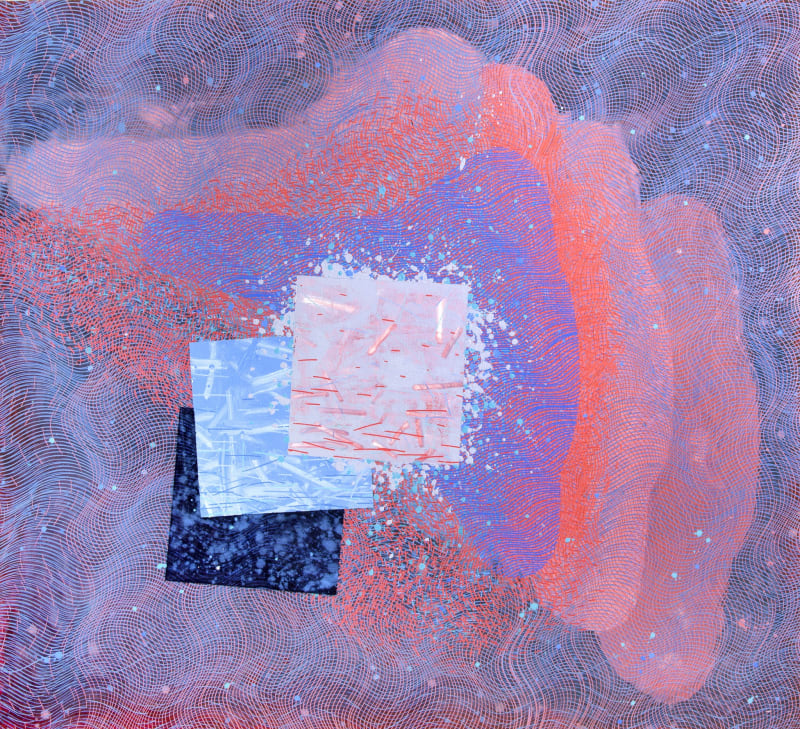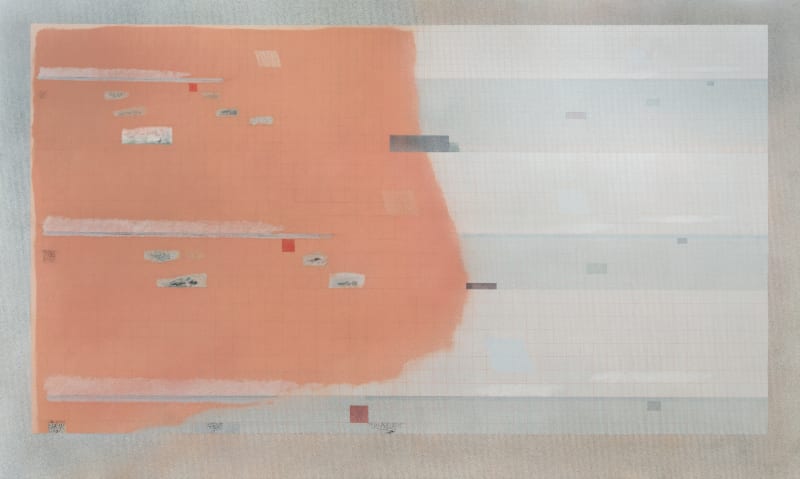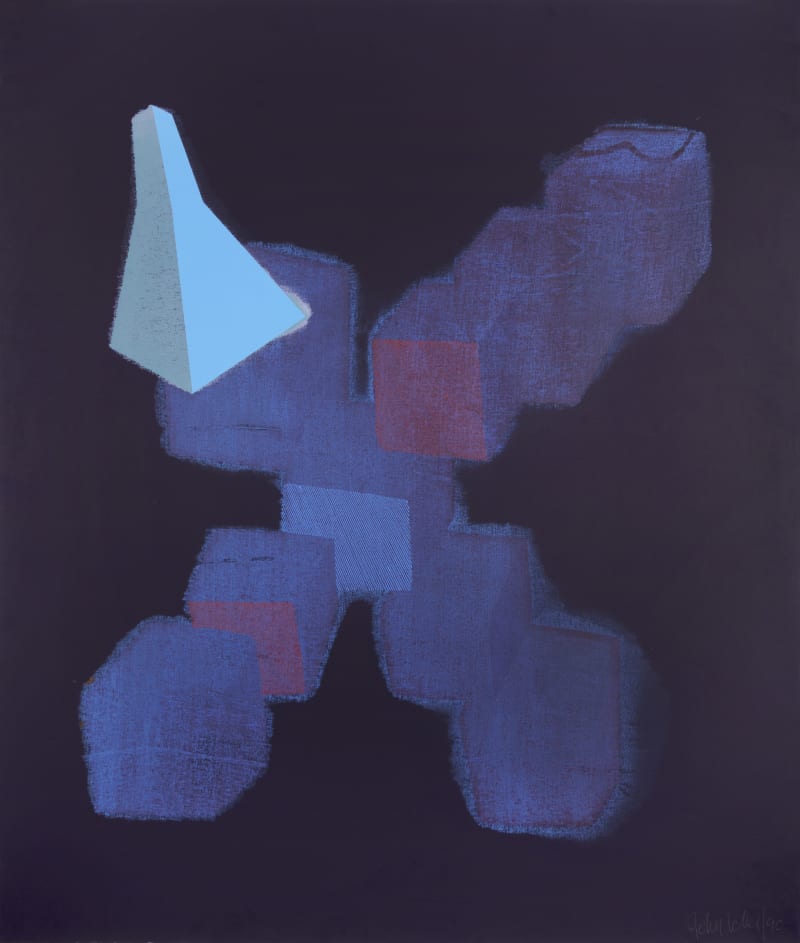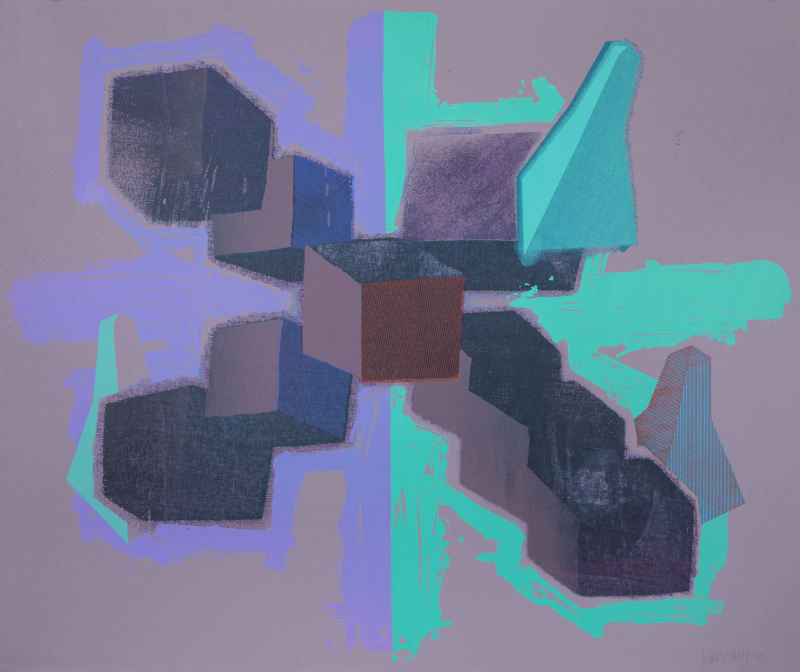
John Loker
Biography
JOHN LOKER (b 1938)
Described by Ben Lewis as “one of modern Britain’s most original, free-thinking and category-defying artists,” John Loker has produced works of art across many different media in the past six decades. Born in Leeds, Loker has lived and worked throughout his career in London and East Anglia. He studied Graphic Design at Bradford College of Art and Design from 1954-58; and went on to study Painting at the Royal College from 1960-63. With the exception of a brief period spent in Manchester in the mid 1960s, he continued to live and work in London until 2002. He has exhibited widely internationally, and was included in many survey exhibitions of British art of the 1970s. In 1980, a travelling retrospective was curated by Lewis Biggs at the Arnolfini in Bristol. Loker’s work is in the collections of the Arts Council of Great Britain; British Council; CODA Museum Collection in Apeldoorn, Holland; Hunterian Collection, Glasgow; Power Institute of Fine Art, Sydney; Royal College of Art; Tate; and the Victoria and Albert Museum. Loker is also represented in the corporate collections of Deutsche Bank, ABH Bank Amsterdam, De Beers and Unilever.
Through symbolic forms such as whirlpools, traps, helter skelters and cauldrons, Loker has conjured a destructive and perilous world. Screenprints including the Dangerous Games series, and paintings such as Group Therapy (1988-89) are based on the nose cone of a missile, referring also to the psychology of interpersonal relations. He has said: “the way they were spinning just looked to me like people, all bouncing off each other...trying to communicate but failing miserably. I was thinking about danger, playing with things you shouldn’t, the balance of everything being so fragile.”
The spinning top motif later developed into a series of paintings known as Cathedrals, in which Loker likens the shape of the nose cone to the gothic arch in a church. In the Safety Zone paintings the cone is divided in two, reminsiscent of a harlequin, a comic trickster character found in several other works of the period. Further divided canvases, for example Double Incidents (late 1980s), continue the theme of duality or oppositions, composed of hot and cool colours and positive and negative spaces.
Ben Lewis argues that metaphor in Loker’s paintings derives not only from their symbols and motifs, but from the methods and processes by which they are painted. The painting becomes, he says: “a metaphor, an amorphous symbol of our efforts to exercise control over our chaotic lives.”
Selected works
Mixed Media
Prints




Video
Exhibitions
Shop

News









































